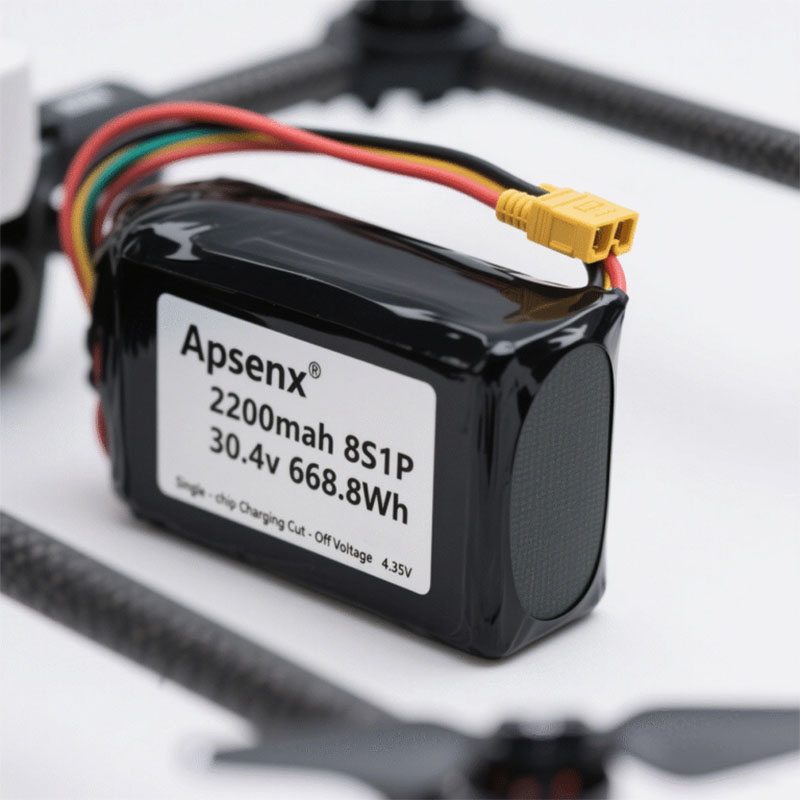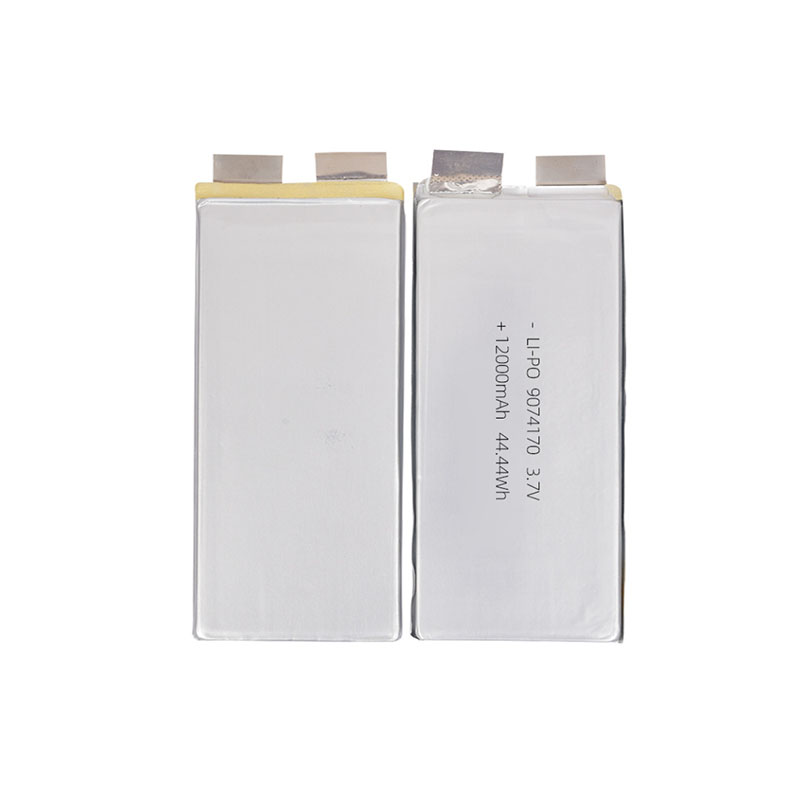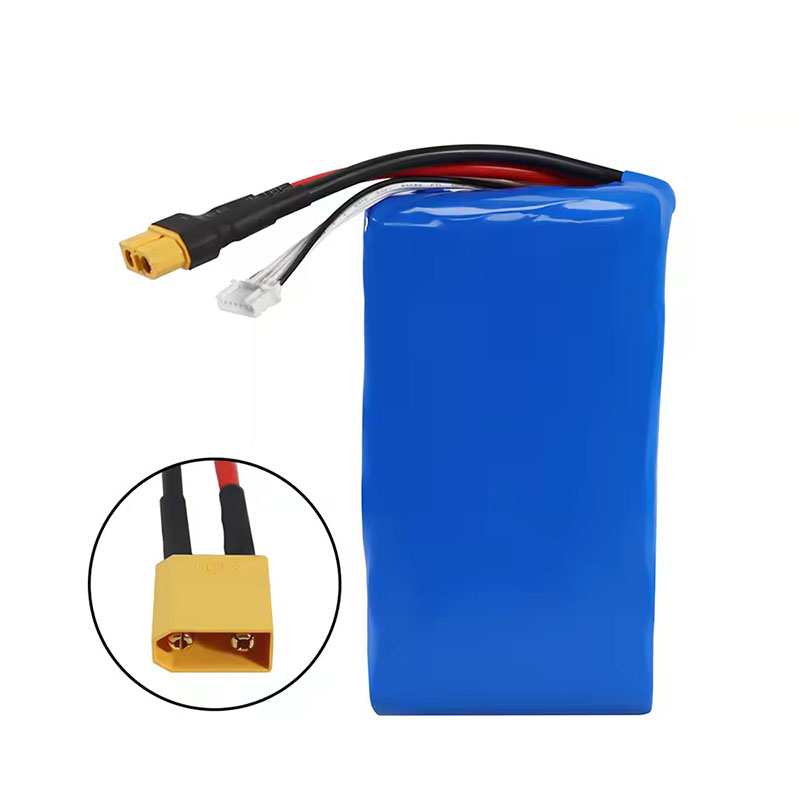Blog
Explore the Power of Lithium Innovation
Stay updated with the latest trends, technologies, and application insights in the world of lithium battery solutions
Search the whole station
Explore the Power of Lithium Innovation
Stay updated with the latest trends, technologies, and application insights in the world of lithium battery solutions
Honestly, understanding your drone battery—its lifespan, endurance, and how you care for it—is one of the most practical things you can do to improve flying.
Whether you’re filming, mapping, doing security patrols, or just flying for fun, how long your battery lasts, how stable it is, and how much it costs in the long run all depends on it.
So I’m putting everything in one place: battery tech, lifespan, flight time, charging habits, storage, and how to pick a long-endurance drone.

Why do 90%+ of consumer and professional drones use LiPo? Honestly, it’s just practical, no magic here.
Same weight, more energy stored. That means—same payload, longer flight.
Plain and simple: better endurance.
Takeoff, sudden climbs, fighting wind, quick accelerations… all demand big current bursts.
LiPo can handle it, unlike some batteries that just choke.
LiPo can be flat, thin, and light.
Lighter drone, better efficiency.
Been used in drones for years, reliability proven.
As long as you don’t mess with charging or storage, it’s “light, good, and stable.”
Bottom line:
LiPo is the best balance of weight, performance, and cost right now.
External factors hit them harder than most people realize.
Theoretically, LiPo lasts 200–300 full charge cycles, but in real life? Usually shorter.
Here are the most common “silent killers” for drone batteries:
Flying against the wind forces the motors to push harder.
More current, more heat, battery ages faster.
Cold days hit noticeably.
You’ll see:
Preheating the battery actually helps.
Rapid acceleration, hard stops, sharp turns, sport mode…
Current fluctuates wildly; LiPo hates that.
Bottom line:
The harder you fly, the faster your battery wears out.
LiPo is a bit “sensitive,” but if you handle it right, it lasts much longer.
Freshly flown batteries are hot.
Don’t rush—let it cool to room temp first.
Fully charged or fully empty storage accelerates aging.
Return when battery hits 10–20% to avoid permanent damage.
Swelling, leakage, strange smell—stop using immediately.
Exploding batteries are always from taking risks.
This routine is simple but super practical:
These small habits noticeably extend cycle life.
Newbies often mix up “lifespan” and “single flight time”—they’re not the same.
Normal flying:
Aggressive or heavy load flying:
Typical numbers:
From multiple reviews:
Examples:
Example:
Examples:
Some reach 600 min (10 hours).
Used for land inspection, border patrol, mapping, etc.

These industries basically live on long flight time:
Long routes; more endurance = higher efficiency.
Big fields; constant battery swapping slows everything.
Long, straight routes; endurance is critical.
Needs continuous searching or hovering.
Large areas (2–5 km); sometimes endurance matters more than image quality.
Main things that make or break flight time:
Higher Wh = theoretically longer flight.
More efficient motors = less power draw.
Adding a GoPro, light, or thermal cam can drop flight time 20–50%.
Headwind, cold, high humidity all shorten flight.
Sport mode, high-speed flight, rapid maneuvers = battery killer.
Want longer flight? Focus on:
Official specs are usually 15–30% longer than reality. Totally normal.
Some drones have expensive batteries.
Sometimes switching models is more economical.
Lighter drones fly longer, but handle wind worse.
Commercial work often requires bigger platforms (Matrice series, etc.).
Easy to buy batteries?
Supports fast charging?
Any larger battery options?
These affect long-term cost.
Drone batteries may look simple, but half your flying experience depends on them.
Once you understand why LiPo is popular, how to extend lifespan, and what endurance different tasks need, picking the right drone becomes obvious.

Get reliable 33.3V 18650 drone battery pack built with Grade A lithium-ion cells. Ideal for drones, security systems, medical devices, aerospace, and industrial equipment. We offer custom drone battery packs with long cycle life, high discharge performance, and stable power. OEM/ODM supported by a leading drone battery pack manufacturer in China.

Apsenx 3S LiPo battery delivers powerful, stable energy for FPV and RC drones. Designed for advanced pilots, it balances voltage, capacity, and weight for optimal flight performance and extended runtime.

Apsen 12000mAh high-rate low-temperature UAV lithium battery with smart BMS for industrial and consumer drones. Long endurance, high discharge rate, customizable voltage, and certified global safety compliance.

Apsen 8000mAh 21700 6S2P 22.2V 10C LiPo battery for RC aircraft, FPV drones, and industrial UAVs. High discharge rate, customizable connectors, OEM/ODM support, and certified safety compliance.

Apsenx 6S 22.2V 12000mAh LiPo battery for agricultural drones, FPV racing, and RC aircraft. Features XT90 connector, high discharge rate, long flight endurance, and full OEM customization.

Apsenx 22000mAh 8S1P 30.4V lithium battery for drones, RC aircraft, and industrial equipment. Delivers 668.8Wh with XT90 connector, stable voltage, and full OEM customization options.

Apsenx 22.2V 15000mAh 10C high-rate 21700 Li-ion battery for FPV drones, RC aircraft, and agricultural UAVs. Delivers up to 150A continuous discharge with XT60 connector, long cycle life, and stable performance.
Learn how to calculate the number of 18650 batteries needed for a 100Ah battery pack. Step-by-step guide covering series vs parallel connections, cell capacity, BMS, and practical design tips for safe and efficient DIY battery systems.
View detailsadvantages of 21700 lithium-ion battery packs, from higher energy density and increased capacity to applications in electric vehicles, power tools, and renewable energy.
View detailsin-depth review of the ICR18650 2200 mAh (3.7 V) Li-ion battery, covering lab discharge tests and real-world applications, revealing capacity overstatements, internal resistance differences, and cycle life issues, while sharing hands-on practical ...
View detailsA practical, real-world guide to 18650 battery voltage. Learn how voltage behaves under load, temperature, and age, plus charging limits, material differences, cutoff levels, and safe measurement habits to extend battery life.
View details
HelloPlease log in